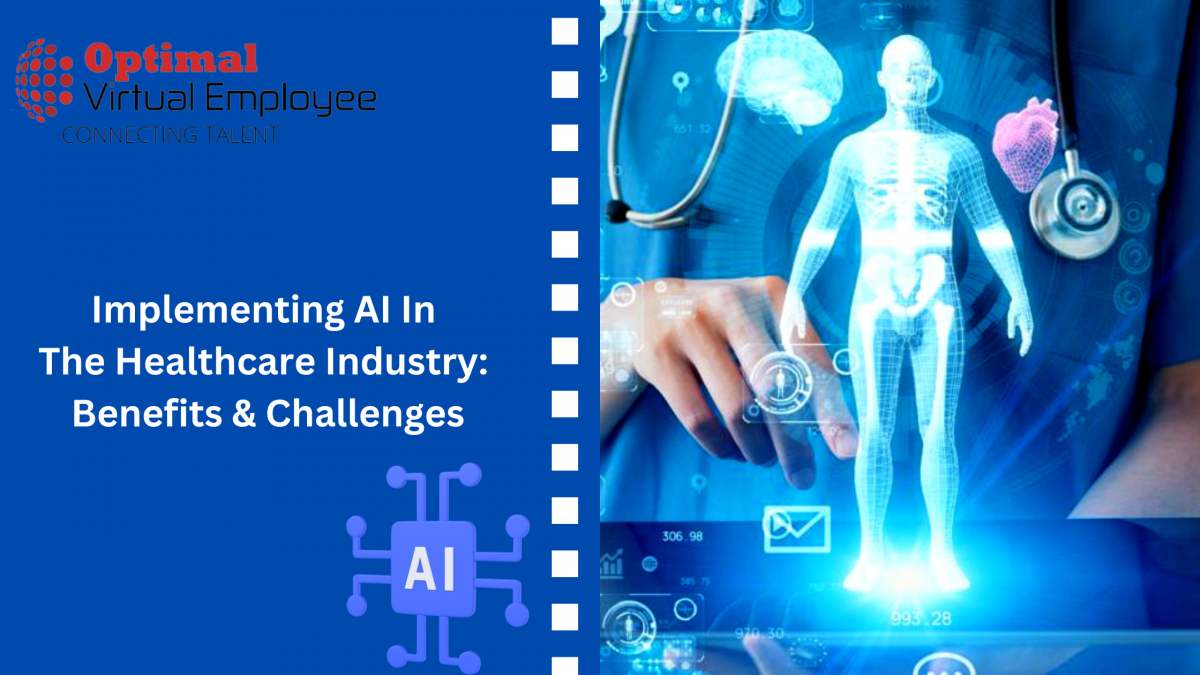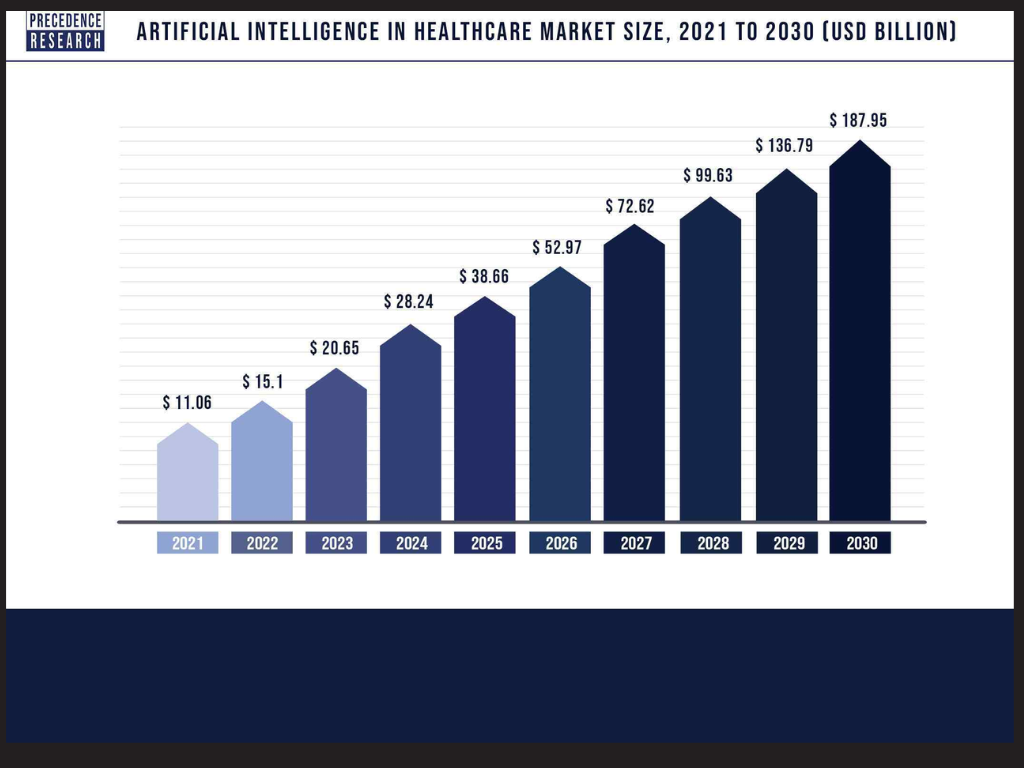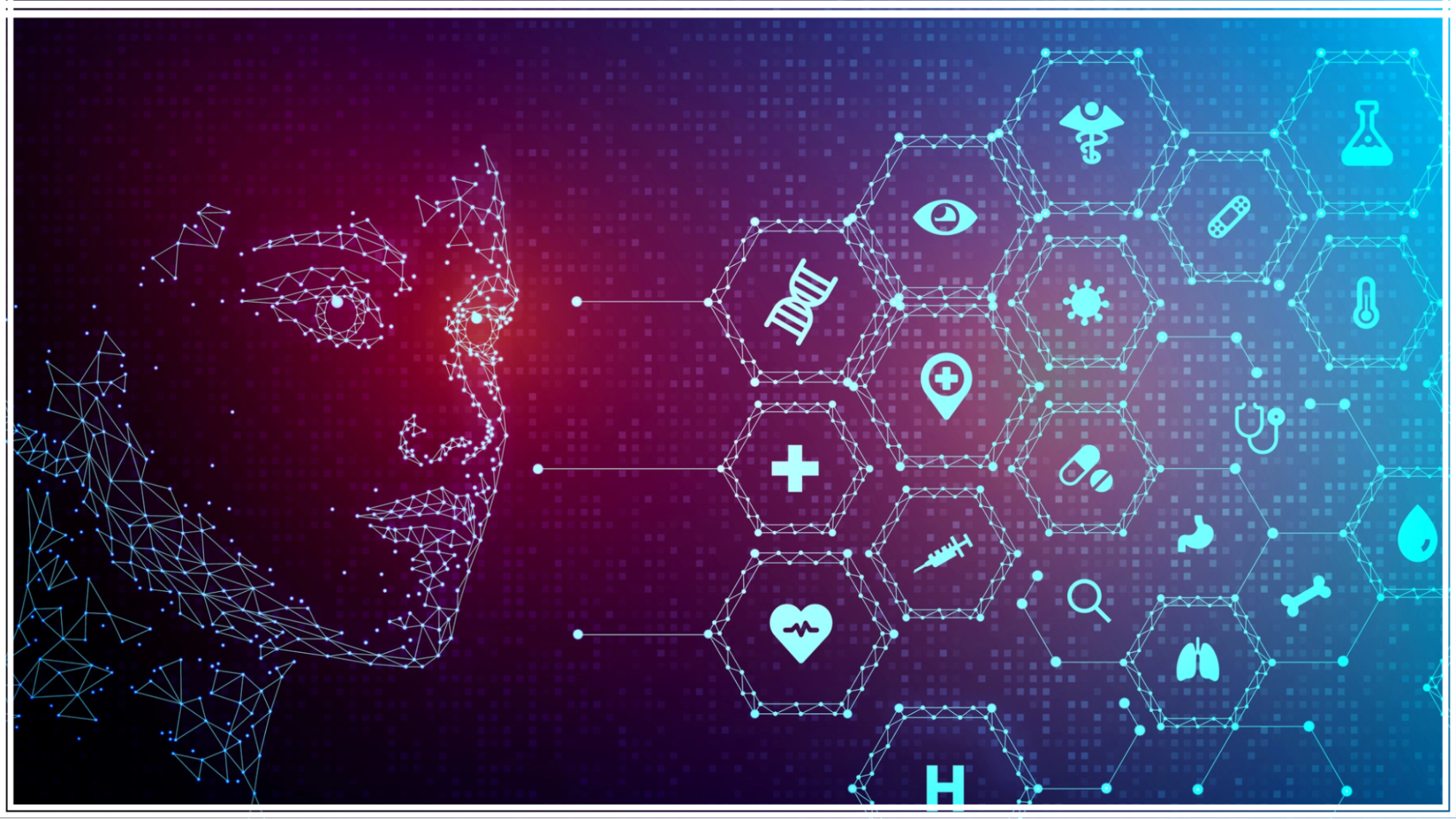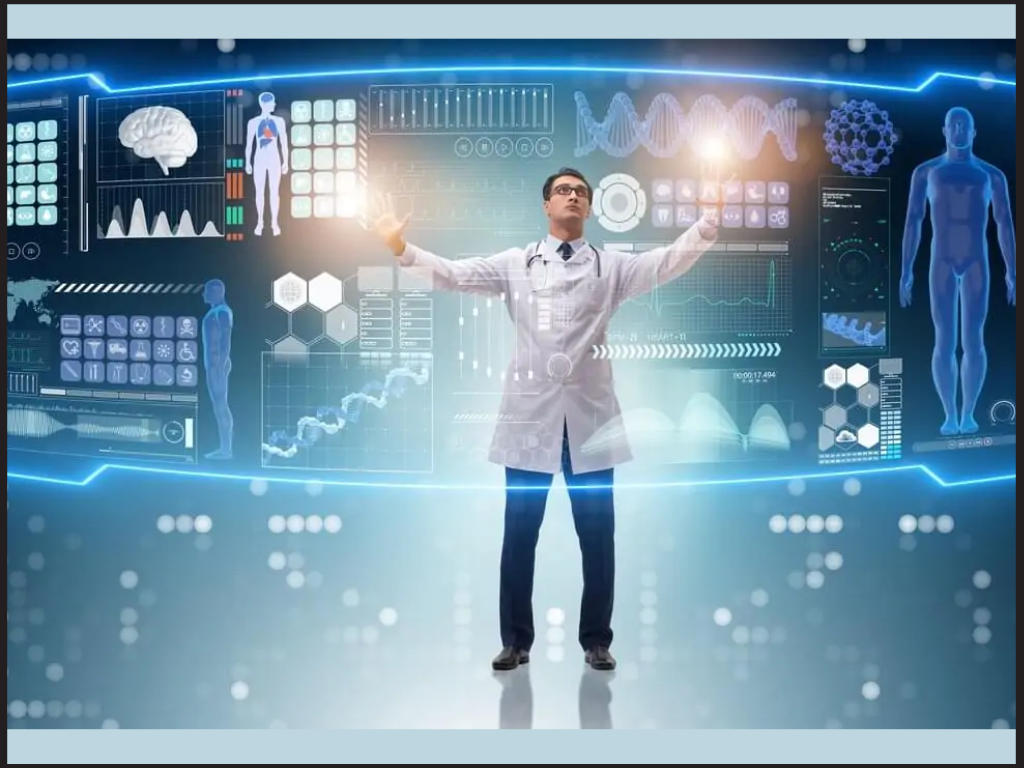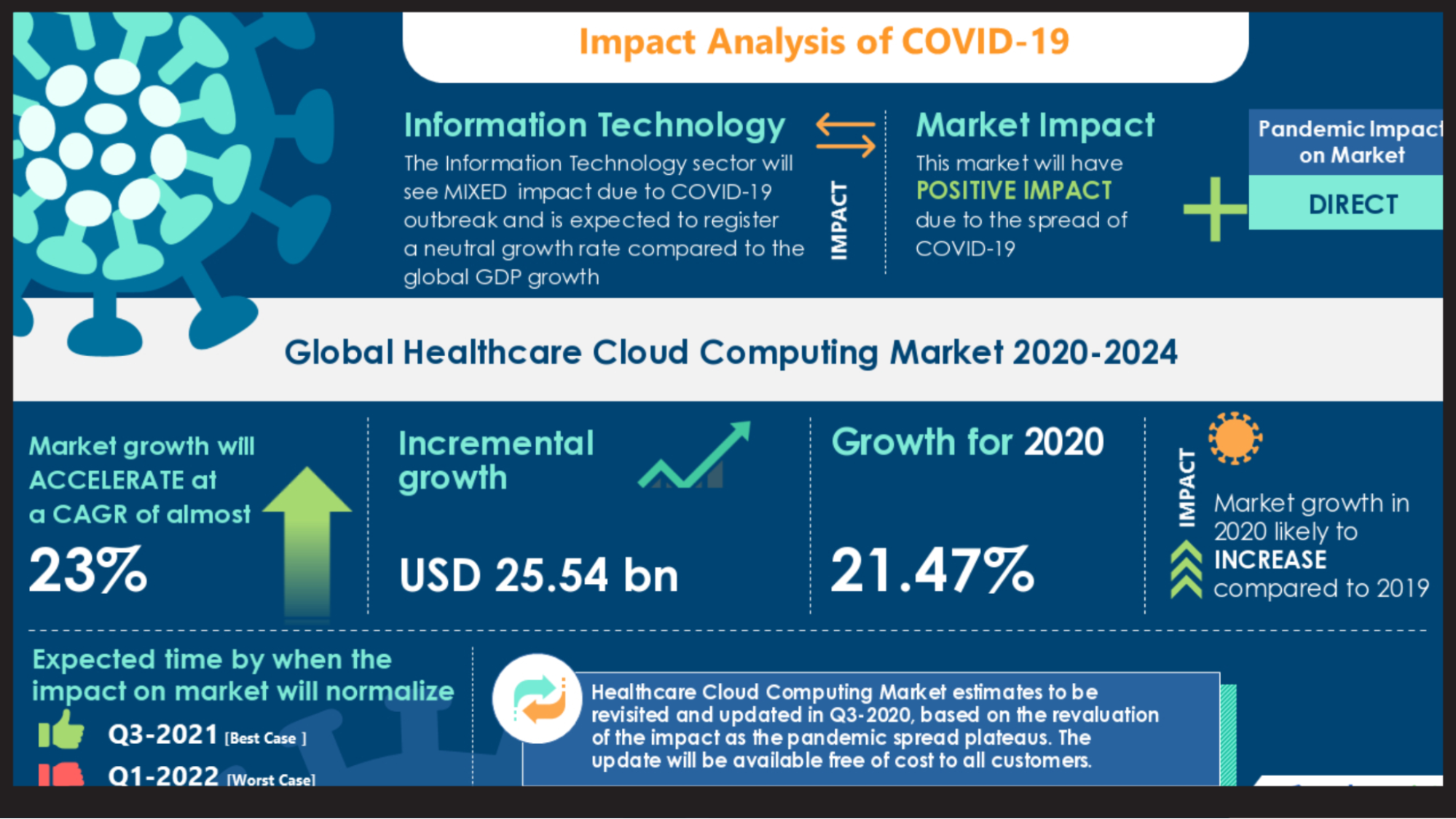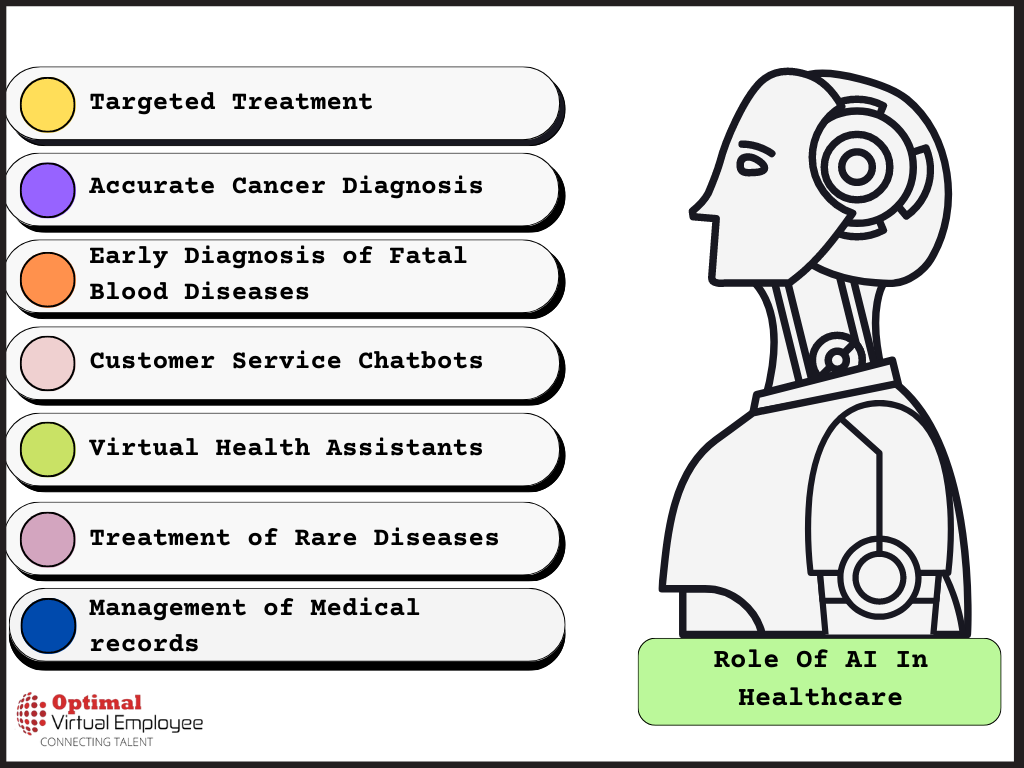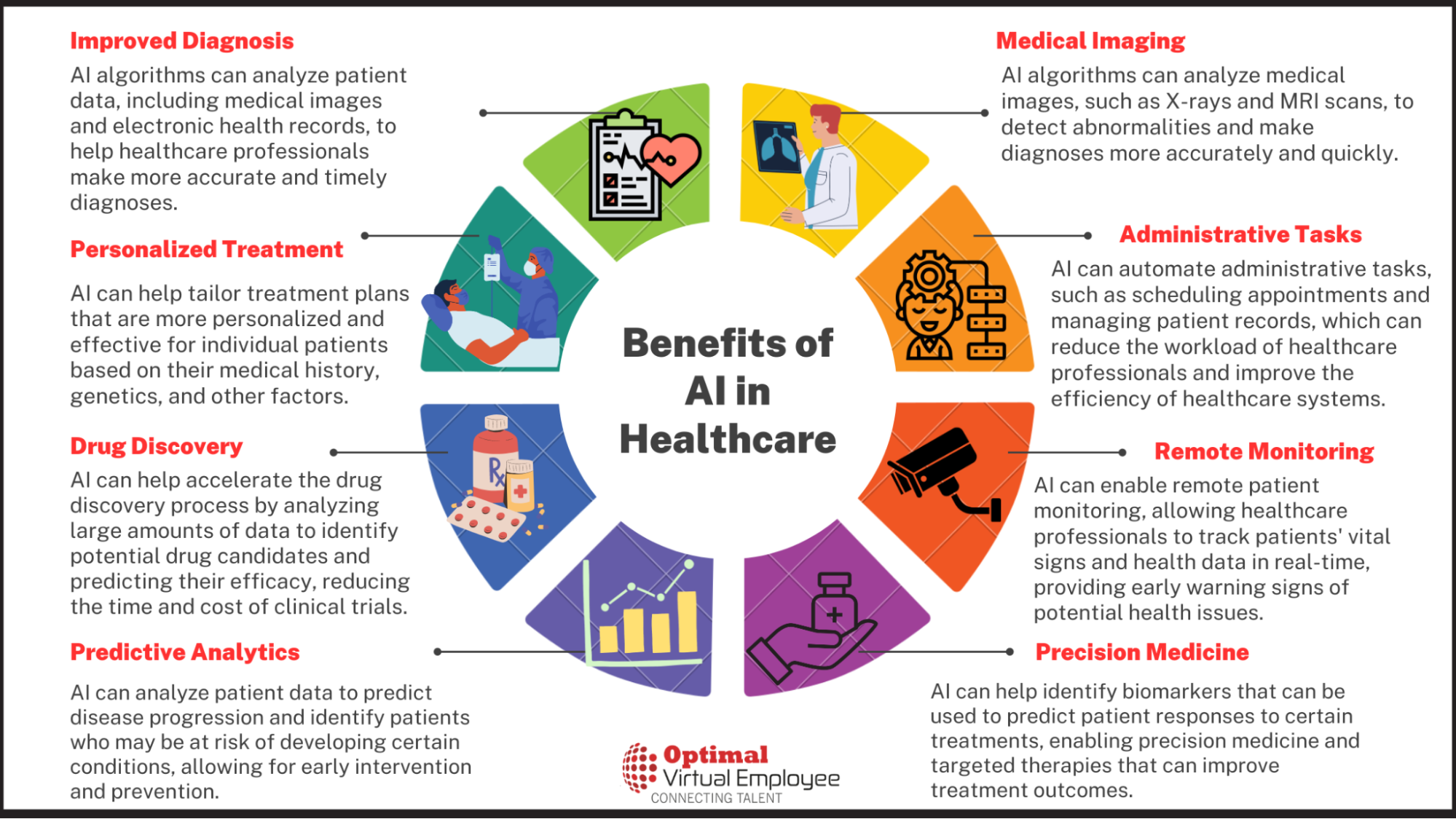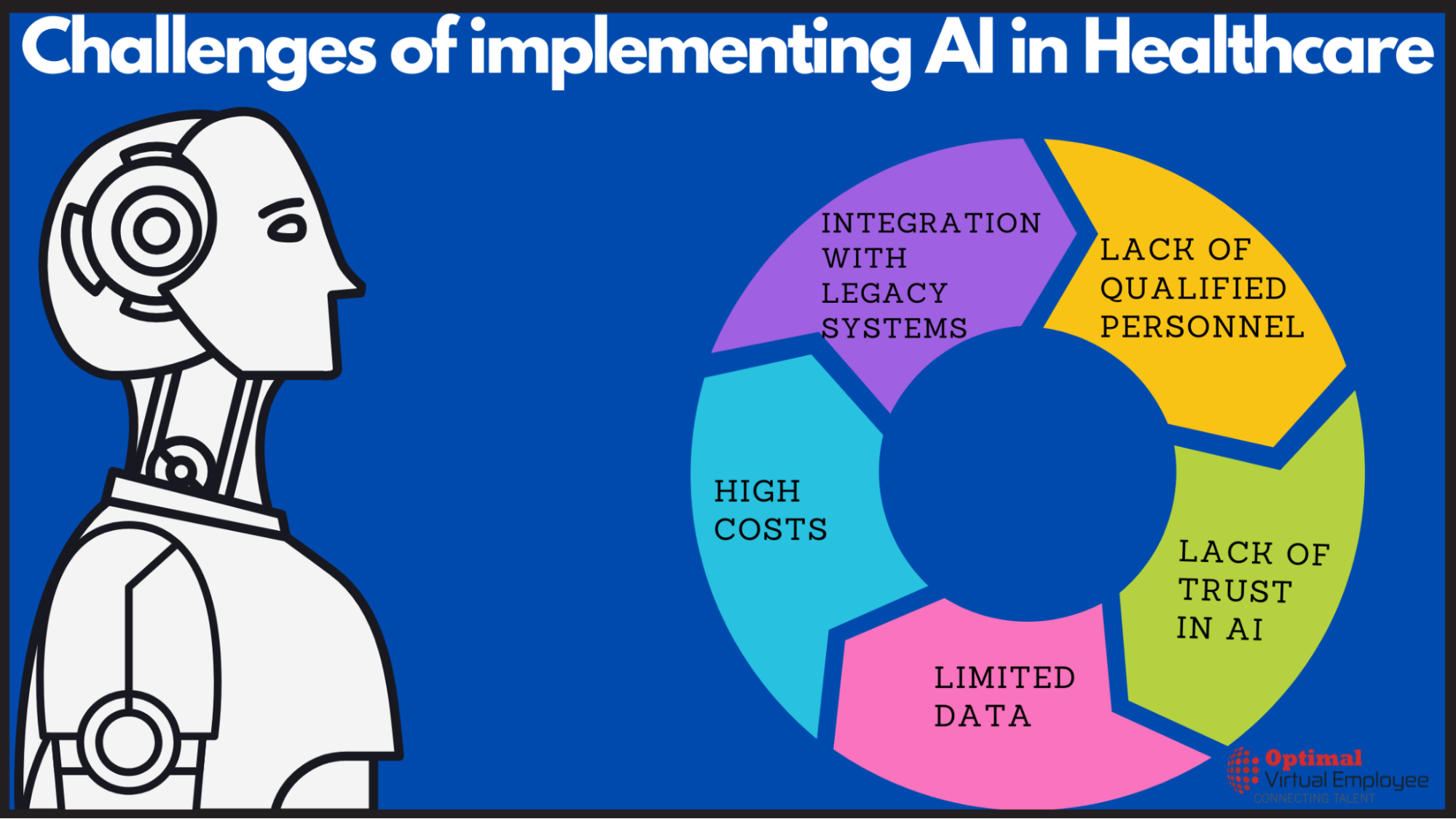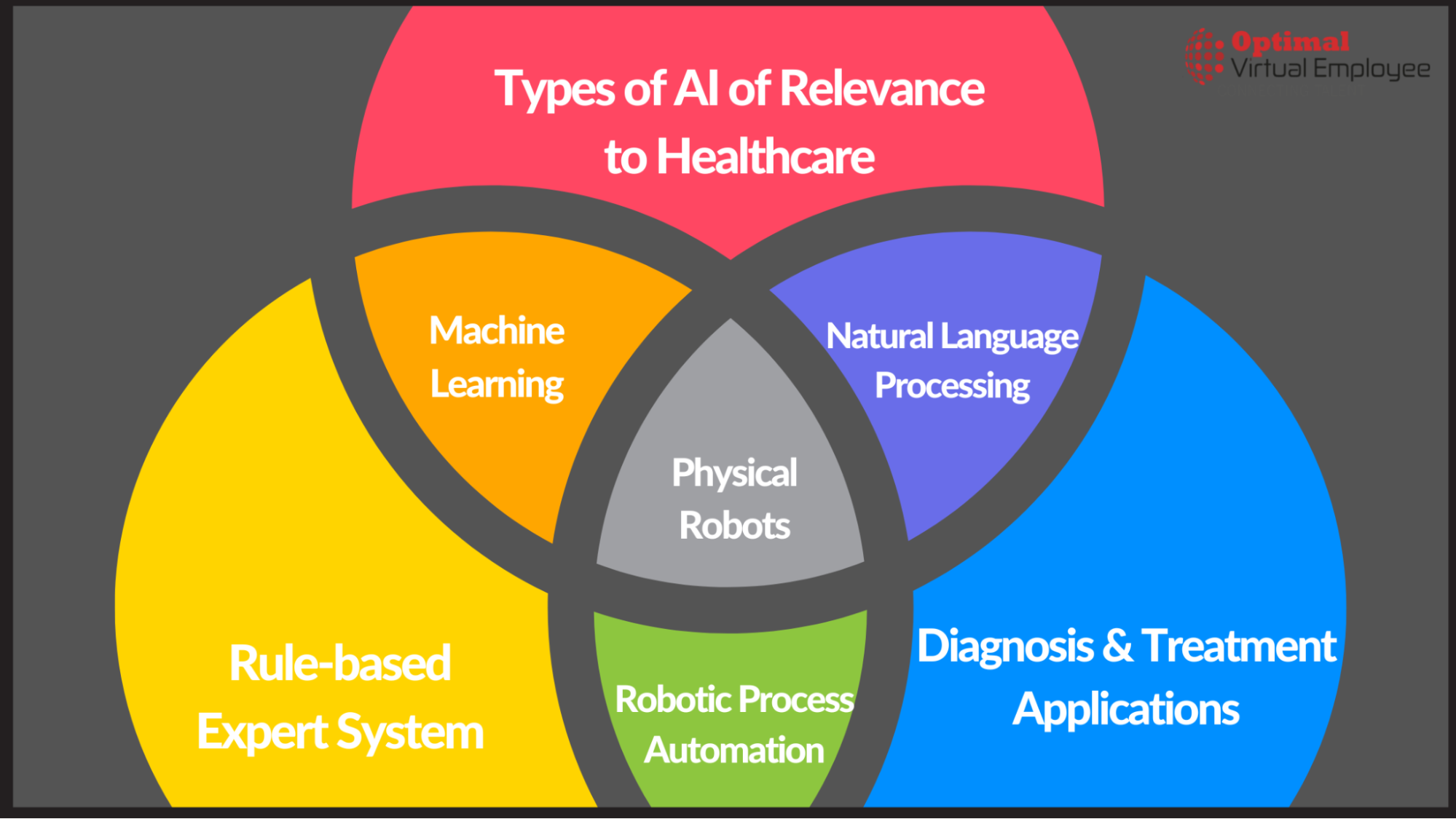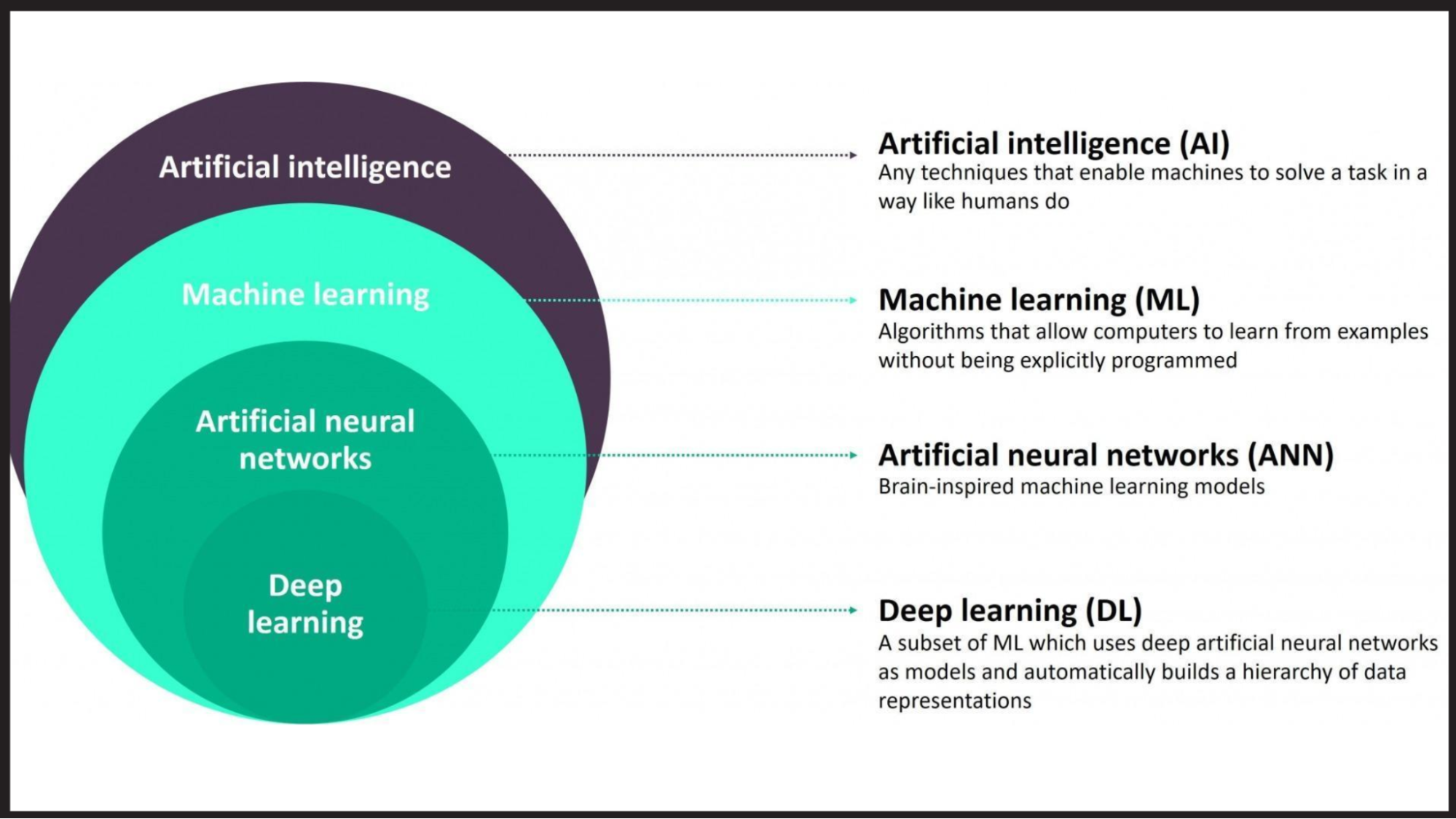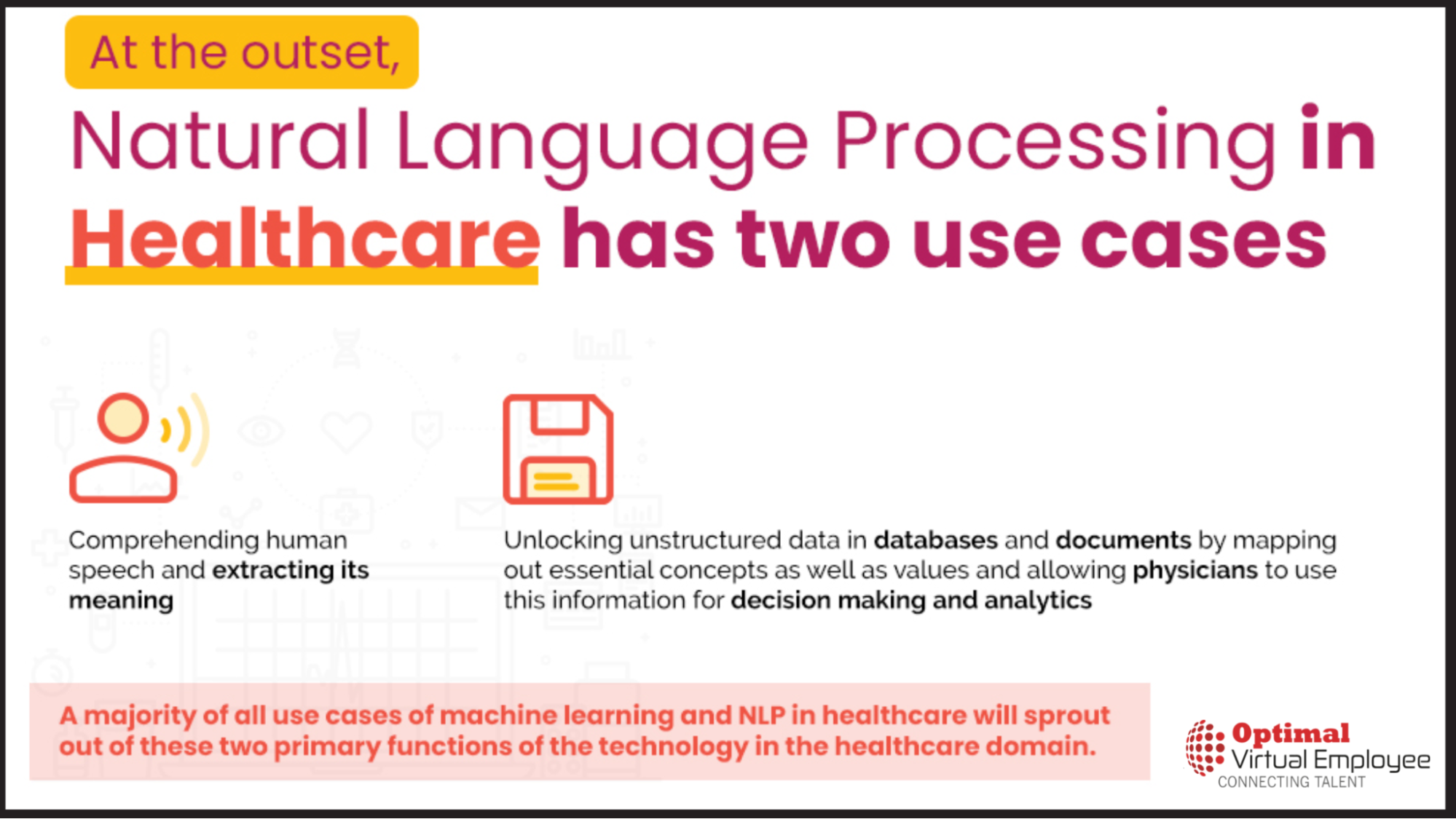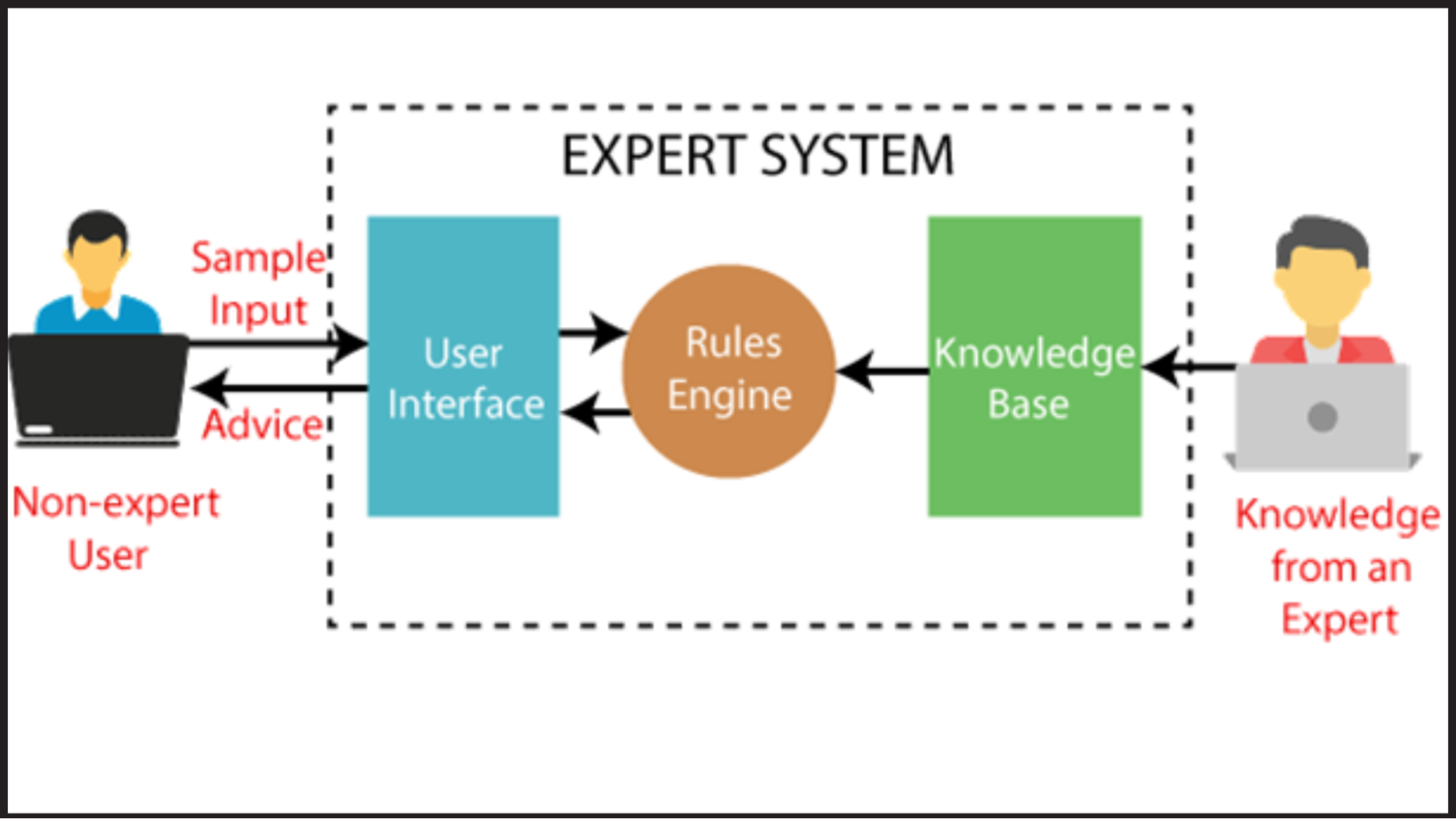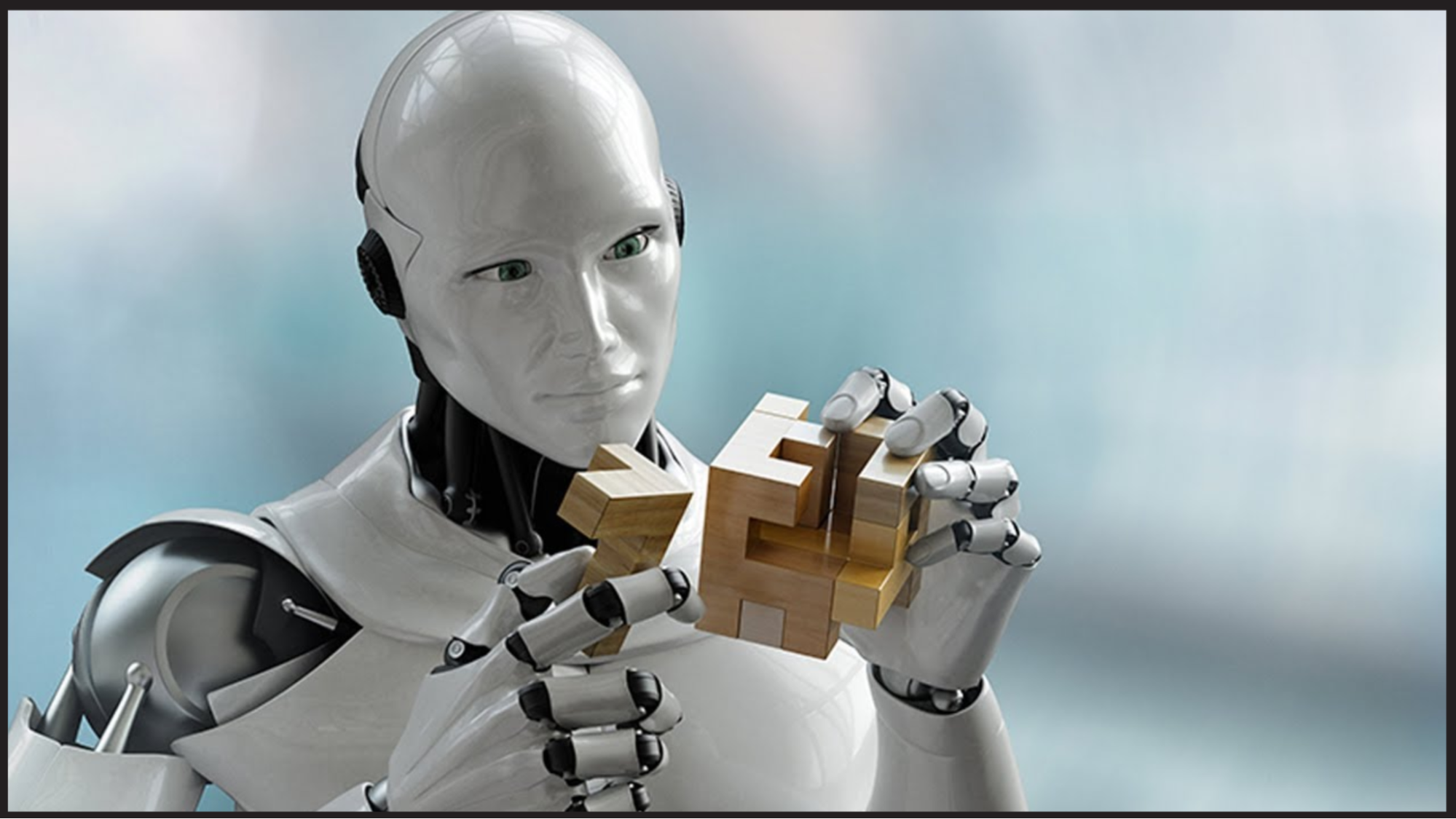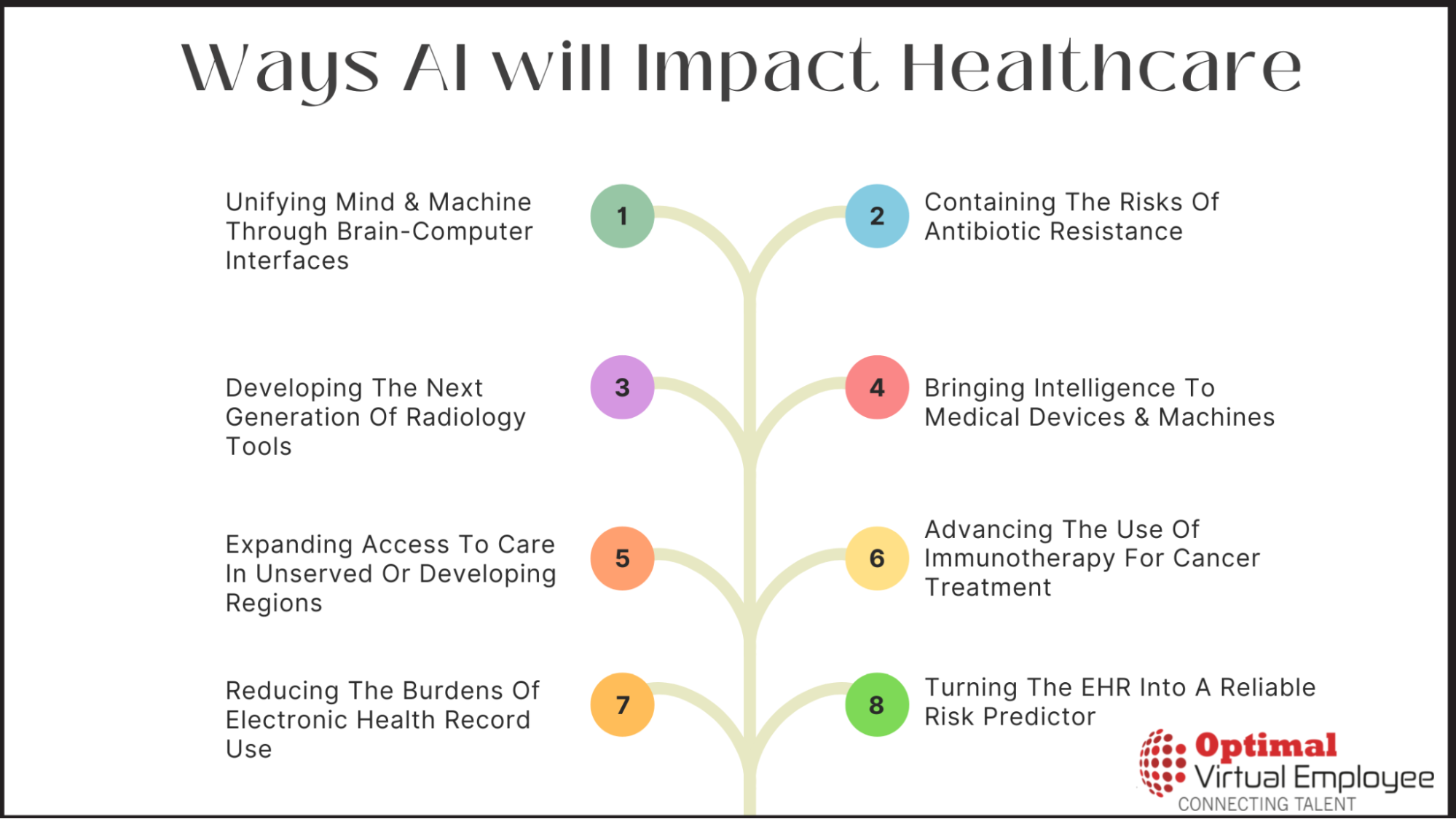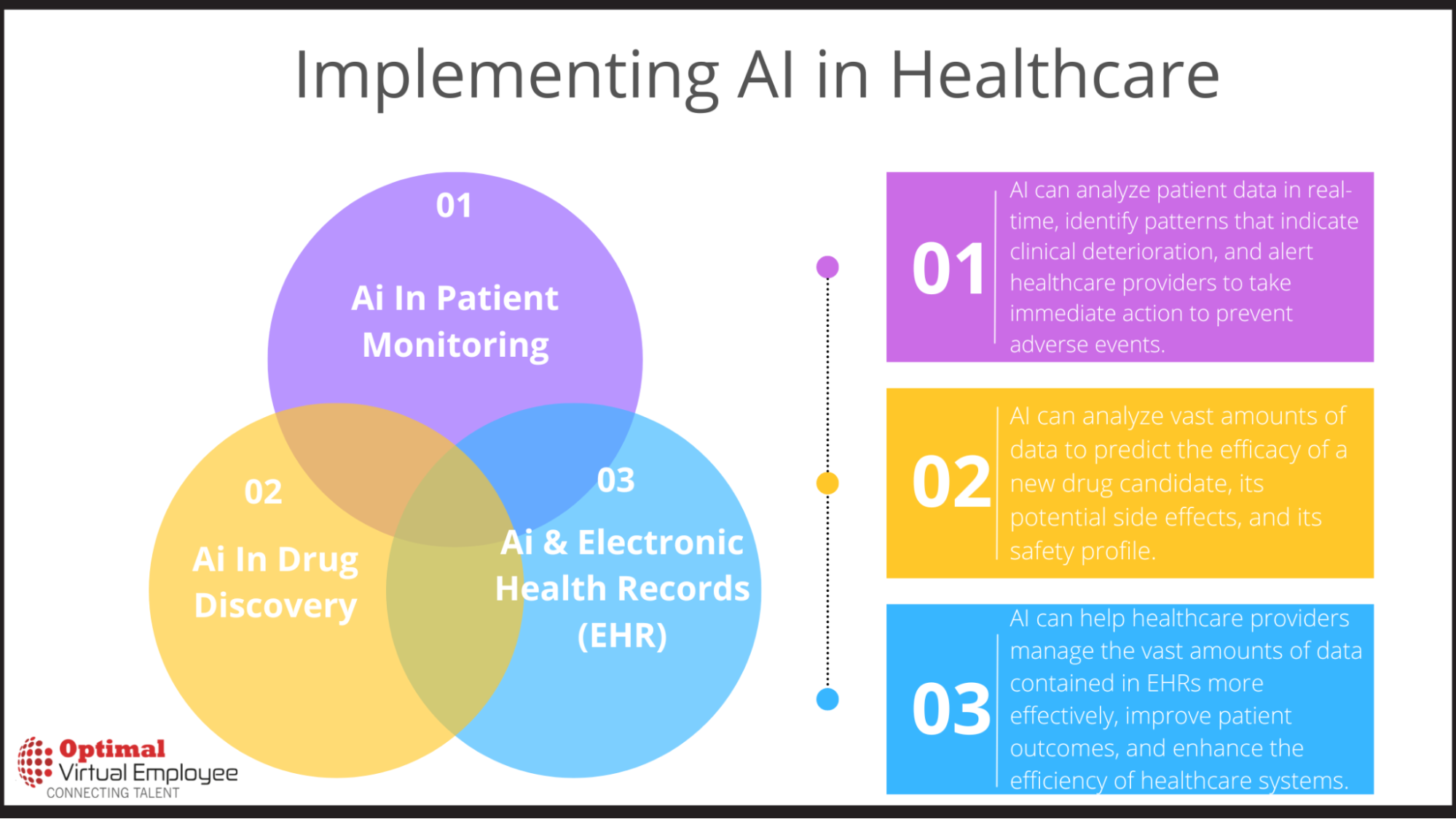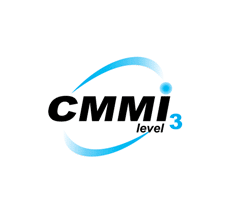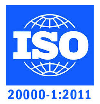Introduction
The healthcare or medical industry provides goods and services to treat patients, whether they are undergoing curative, preventive, rehabilitative, or palliative treatment. The modern healthcare sector is divided into many sub-sectors and relies on interdisciplinary teams of trained professionals and paraprofessionals to meet the health needs of individuals and populations.
New services are being launched constantly to satisfy our current needs. The size of the service sector has increased in almost all economies worldwide. It has driven worldwide economic growth. Over the last two decades, the service industry in India has grown dramatically, contributing only 35% of the Indian economy in the 1980s. The healthcare sector is one of the fastest-growing sectors in the country.
Healthcare is an important and quickly evolving sector, hitting Rs. 4.9 trillion in 2012. It is commonly accepted that health is a valuable entity and reflects social value. Thus it should be available at an affordable price to every citizen. Previously, healthcare was seen as a philanthropic endeavor, and hospitals were the only option in India, primarily government-run. To think of it as a money-making industry was beyond belief. But now that health services have become profitable, they are operated similarly to corporate houses.
Hospitals treat the sick and injured and offer additional services such as educational opportunities for medical professionals, disease prevention initiatives and promotion of awareness, research programs, diagnostics labs, physiotherapy sessions, ambulance rides, and health care clinics – all making up its corporate identity. Initially, there was contention about profit taking from medical practices due to its traditionally sacred image, with many believing that commercialization would lower the dignity of such a profession.
Health goes beyond the lack of illness. Good health gives freedom from disease. The well-being of a population is an essential topic in any developed society. Healthcare involves more than just medical care and should be considered a critical part of well-being. Indicators that determine the health status of a population are not only mortality and mortality rates but also attitudes toward self-care. The Cultural Revolution altered how people viewed health.
The Global Healthcare Industry
To better understand current trends and the future outlook, let’s look at what we mean when we use the term healthcare industry.
How Does It Work?
Healthcare professionals, such as doctors and nurses, come to mind in this field. Although these are essential roles in this field, they aren’t the only ones. The healthcare industry encompasses many sectors that provide goods and services to treat patients. Among these are treating people, preventing illnesses, and providing palliative and rehabilitative medicine.
As well as those who directly administer healthcare, the industry includes those who conduct research, manage, and provide essential equipment and services. Some also define healthcare services to include those who provide education, training, and regulation.
As you can see, healthcare has much potential in finding a career. Whether it’s helping people directly or indirectly, there is always a need for people in the field.
How Big Is The Healthcare Industry?
It’s not surprising that the healthcare industry is growing significantly, given its size. According to estimates, the market value reached almost $8,452 billion in 2018, a 7.3% increase since 2014. This growth is expected to continue through 2022, reaching nearly $11,908.9 billion.
In 2011, the World Health Organization estimated that there were:
– 9.2 million physicians
– 19.4 million nurses and midwives
– 1.9 million dentists and other dentistry personnel
– 2.6 million pharmacists and different pharmaceutical personnel
– Over 1.3 million community health workers
Essential health services covered approximately 33% to 49% of the world’s population in 2017; studies suggest that around 15 million healthcare workers may be needed by 2030.
How Has The Covid-19 Pandemic Impacted The Healthcare Industry?
Coronavirus has had a significant impact on healthcare industries around the world, as you might expect. Various sectors have had to adapt quickly to these unprecedented times, with our medical services and personnel at the forefront of diagnosing, treating, and understanding the virus.
The spread of the virus has affected healthcare systems in many ways. In addition to dealing with the disease itself, many other factors have been taken into account, such as:
There was a higher risk of infection among healthcare workers, including doctors, nurses, and other professionals. In some countries, retired healthcare professionals were being brought out of retirement to assist.
Personal Protective Equipment (PPE) and ventilators were in high demand during the pandemic—this increased production for specific items, such as masks and gowns.
Studies have reported depression, anxiety, stress, and posttraumatic stress among healthcare professionals.
Healthcare systems worldwide have committed resources and personnel to combat the pandemic, resulting in delays in various other services and treatments.
Countries worldwide have adopted digital health technologies such as telehealth and remote monitoring to continue consultations and treatment during the pandemic. These technologies are relatively new, while AI and data analytics are helpful.
The demand for qualified frontline healthcare professionals has skyrocketed, as has that for those producing PPE, diagnostics, and digital healthcare. However, many non-pandemic-related sectors are experiencing hiring freezes, such as orthopedics and aesthetics.
Artificial Intelligence: What Is It?
Artificial Intelligence is the Intelligence demonstrated by machines that can be used to perform several tasks using sentiment analysis and Natural Language Processing (NLP). Using this technology, machines can learn based on past data and given information on their own and use this information to perform various business tasks. Machine Learning and Deep Learning are both technologies that contribute to AI, and each has its responsibilities when equipping machines.
The Role Of AI In Healthcare
AI is revolutionizing the medical industry by bringing precision and efficiency to patient care. From cancer to radiology, AI-based innovations are helping those suffering from chronic diseases and, hopefully, will lead to a cure. Artificial Intelligence algorithms enable the formation of more accurate systems due to their capability to understand training data. This gives humans insights into diagnostics, treatment variability, patient results, and various care processes that were impossible before.
According to Acumen Research, the global market for AI in healthcare is expected to reach US$8 billion by 2026.
Here are a few examples of Artificial Intelligence in healthcare.
Accurate Cancer Diagnosis
A Pathologist can make accurate diagnoses using PathAI, one of healthcare’s best Machine Learning and Artificial Intelligence tools. In addition to reducing errors during the cancer diagnosis process, PathAI offers a variety of new medical treatments. Increasing cancer detection accuracy allows most patients to be treated or cured at a stage that is unlikely to become fatal, saving countless lives.
Early Diagnosis of Fatal Blood Diseases
Artificial Intelligence has proven to aid significantly in diagnosing possible life-threatening blood-related diseases in the early stages. With AI-enabled microscopes, doctors can quickly examine for dangerous substances and bacteria such as Staphylococcus and E. coli in a patient’s blood sample, which can be far swifter than manual scanning. Over 25,000 images of blood samples were used for training to ensure that machines could locate these bacteria. As a result, AI enabled them to identify these germs and predict their presence in fresh specimens with 95 percent accuracy – significantly decreasing mortality rates.
Customer Service Chatbots
With the help of technologies such as NLP, chatbots allow patients to ask questions about appointments, billing, and other issues. Chatbots also reduce the burden on medical professionals and communicate with patients about their illnesses and symptoms.
This healthcare solution engages patients, gives them advanced treatment, and offers better outcomes. The chatbots can provide patients with the required solutions, allowing healthcare experts to concentrate on other essential tasks.
Virtual Health Assistants
A virtual health assistant can handle various tasks, such as answering routine patient questions over the phone and via email, managing medical information and protecting sensitive data, scheduling appointments with doctors, reminding patients about follow-ups and clinical appointments, etc.
The system integrates cognitive computing, augmented reality, and body and speech gestures to create this. As one of the most valuable AI applications in healthcare, it offers patients a personalized experience when it comes to managing their health and answering their questions. In addition to benefiting patients and healthcare experts, it reduces the frequency of hospital visits.
Treatment of Rare Diseases
BERG is a clinical-stage biotech platform that uses AI to map diseases to find and develop breakthrough medicines and vaccines, changing how healthcare is conducted. Medical professionals combine research and development (R&D) with interrogative biology to create robust products for patients fighting rare diseases.
In addition, BERG presented its discovery of how to treat Parkinson’s disease, a brain disorder resulting in stiffness, shaking, and difficulties balancing, coordinating, and walking. Parkinson’s disease is one of the worst diseases because it begins slowly and becomes increasingly severe with time. Using Artificial Intelligence, BERG ties together previously unknown links between chemicals in the human body.
AI is helping the healthcare industry immensely and will continue to do so.
Targeted Treatment
By using Deep Learning and Artificial Intelligence, BenevolentAI provided the correct treatment to the right patients at the right time, improving target selection and providing insights into patients. In addition to getting its drugs licensed, the company is working on developing portable medications for rare diseases.
Automation of Redundant Healthcare Tasks
The use of Artificial Intelligence and its tools in healthcare offers additional advantages. It can automate tedious, time-consuming tasks, allowing administrators to tackle other essential duties. For instance, Olive is an AI-based platform that automates various processes like verifying the eligibility of unprocessed medical claims and passing on the appropriate medical information to relevant health professionals. Olive works seamlessly with a hospital’s existing tools and systems without requiring expensive downtimes or integrations.
Management of Medical records
Healthcare is one of the next Big Data frontiers that must be tamed. Like a needle in a haystack, significant and valuable data can get lost in a massive pile of data, costing the healthcare industry billions of dollars. In addition, it slows the development process of proper Diagnoses and new drugs and medicines if we cannot connect significant data points.
Healthcare organizations are turning to AI to stop the hemorrhaging of data. AI enables them to break down the data and link the required data that previously took years to process.
Reduction of Dosage Errors
An excess dose of medicine or a drug can have dire consequences for a patient’s body, so taking the right amount of treatment as prescribed is crucial. Otherwise, there may be severe repercussions. Artificial Intelligence will help the industry reduce the likelihood of medication errors.
Robot-Assisted Surgery
Several hospitals use robotics to assist them in tasks requiring precision, control, and flexibility, including open-heart surgery.
A new type of surgery has been created by integrating robots with mechanical arms, cameras, and required surgical instruments, augmenting doctors’ skills, knowledge, and experience. As a result, surgeons can control the robot’s mechanical arms from the console of a computer. In contrast, the robot offers a magnified, three-dimensional view of the surgical site that they cannot see with their own eyes.
With AI-implemented robots, surgeries result in fewer complications, comparatively less pain, and faster recovery.
Advantages of AI in Healthcare
Improved Accessibility
It is typical for developing countries struggling to keep up with fast-paced global technological advancements to lack standard healthcare facilities and systems. The risk of dying in these countries is higher. WHO estimates that the 18.1-year difference in life expectancy between the world’s richest and poorest nations can be attributed to limited or no access to healthcare.
With AI innovations, these disadvantaged areas can enjoy an efficient healthcare ecosystem. AI-backed digital systems facilitate patient diagnosis and treatment. Dedicated applications have been developed to help international and national healthcare organizations collaborate and provide necessary assistance to people in need.
Early Diagnosis
AI-powered tools now analyze their data to assess a patient’s past and present health issues. Healthcare professionals are better positioned to diagnose by comparing the disease details. In several healthcare apps, millions of symptoms and diagnoses have been computed. In addition, it is capable of predicting future health issues an individual may encounter.
By taking the right steps today, health experts can correctly predict and prepare for possible threats in the future. For example, Verily from Google is an application designed to forecast hereditary and non-contagious genetic diseases. Additionally, healthcare facilities are now known for their better operational management due to predictive analytics.
Increased Speed and Reduced Costs
Healthcare processes are now faster and cheaper thanks to AI algorithms. In terms of speed and costs, artificial Intelligence has really revolutionized the healthcare industry. For example, artificial Intelligence can identify biomarkers in our bodies that suggest disease, reducing the manual work involved in specifying these biomarkers.
As a result of massive automation, we can now act faster and save more lives.
AI algorithms can reduce hospital visits by predicting results based on personal information. Compared to traditional methods, AI algorithms are more cost-effective, resulting in fewer laboratory visits. As a result, up to 88% more organizations have implemented AI in the last year.
Efficient and Unique Assistance in Surgery
Machine learning implementation in surgery has taken a huge leap forward with Artificial Intelligence development. AI surgical systems can perform the tiniest movements with 100% accuracy. As a result, complex operations can be performed efficiently with a reduced risk of side effects, blood loss, or pain, and post-surgery recovery is faster and easier as well.
Before going under the knife, patients waiting for operations undergo Antibacterial Nanorobots to eliminate all infections in their blood. Patients have been relieved of their doubts, especially regarding general anesthesia surgery. A significant benefit, however, is the AI-backed information surgeons have on the patient’s current situation, available in real time.
Enhanced Human Abilities and Mental Health Support
For example, exoskeleton robots can help paralyzed people recover their mobility without much help from caregivers. Medical staff can now assist patients alongside robots. Similarly, AI-powered prostheses have sensors that make them more reactive than traditional limbs.
Robots that use machine learning can take care of daily tasks and keep patients company. Companion and conversational robots perform tests and checks – sugar levels, blood pressure, temperature, and medication. Using their inbuilt analytic capabilities, robots have been developed to help depressed patients. These capabilities allow them to analyze their moods and help them feel more positive.
We’ve covered the benefits. Now let’s look at the challenges.
Challenges Of Implementing AI In Healthcare
AI in India is still a comparatively nascent segment but is increasing. The healthcare sector is one area where AI is being widely adopted to revolutionize care delivery. To be successful, however, several challenges need to be overcome. Below are some of these challenges.
Lack of Standardization
AI adoption in healthcare faces a critical challenge because of a lack of standardization. There are no agreed-upon standards for AI use in the current healthcare environment. This lack of standardization can cause problems for both healthcare providers and patients.
Healthcare providers often struggle to determine the efficacy of AI applications, which can result in wasted time and resources. This lack of standardization can cause patients to feel uncertain about the quality of care they receive or even become reluctant to use AI due to its unproven effectiveness. This is a significant hindrance that must be addressed to ensure the successful adoption of AI in healthcare.
Limited Data
In recent years, healthcare organizations have adopted artificial intelligence (AI) to improve patient outcomes and care. However, limited data is a significant challenge in this process, particularly in India. Health data is often siloed and difficult to access, making it challenging to train AI models.
In India and other developing countries, AI has the potential to transform healthcare with continued investment and improvements in data collection and management. Furthermore, many healthcare facilities lack the infrastructure and resources to implement and use AI effectively. Consequently, AI adoption in healthcare remains slow, despite the potential benefits.
Integration with Legacy Systems
The adoption of AI in healthcare comes with its challenges. One challenge is integrating legacy systems, often based on older technologies that cannot communicate with newer systems. This makes it difficult to share data for AI applications. Moreover, legacy systems may lack the computing power and storage capacity to run AI algorithms. To resolve these issues, organizations might need to upgrade their existing systems before using AI. Nevertheless, the potential of AI in healthcare is too great to be overlooked. With the right approach, businesses can tackle these challenges to reap AI’s many benefits.
Lack of Trust in AI and Fear of Change
There is hesitation to embrace AI in healthcare due to the apprehension of change and lack of trust. People are naturally hesitant when trying something new, mainly when it involves our health, so building trust and being transparent with how AI is employed in healthcare and its potential benefits, are essential. Inviting patients and doctors to partake in the development of AI-based solutions, as well as involving them in implementation processes, can help build on this trust. By doing so, we can unleash the full potential of AI for positive consequences for healthcare.
High Costs
The expense of AI in the healthcare sphere is a significant issue, reducing its adoption. Despite its immense potential to improve medical care, costly development, and deployment are major obstacles to getting AI applied on a large scale. To develop an AI system that can diagnose diseases accurately, significant investments have to be made in collecting data, annotating it, and creating algorithms. Likewise, if such a system was implemented in a healthcare setting, substantial capital outlays would have to be made for the infrastructure needed. Consequently, high costs may continue hindering the broad implementation of AI in healthcare.
Lack of Qualified Personnel
The dearth of qualified personnel in AI is a significant roadblock hindering the integration of AI into healthcare. To harness the potential benefits of this technology, healthcare organizations must invest in training and education programs that can supply their workforce with the necessary skills. It is only through such investments that healthcare can hope to maximize the potential of AI.
Thankfully, veterans and other professionals are finding ways around these hurdles and resolving concerns to catalyze the growth of AI and support healthcare in easing and healing people more efficiently.
Types Of AI Of Relevance To Healthcare
Artificial intelligence is not one technology but rather a collection of them. While many of these technologies directly apply to healthcare, their specific processes and tasks vary greatly. AI technologies of particular importance to healthcare are described and defined below.
Machine learning – neural networks and deep learning
By fitting models to data and learning them with data, machine learning is a statistical technique. As the basis of many approaches to AI, it is a broad technique with many variants. According to a Deloitte survey conducted in 2018, 63% of companies surveyed already employed machine learning in their businesses, making it one of the most common forms of artificial intelligence.
Precision medicine is the most common application of traditional machine learning in healthcare – it predicts what treatment protocols will work best for a patient based on their various characteristics and treatment context. For most machine learning and precision medicine applications, the outcome variable (e.g., disease onset) must be known when training data; this is supervised learning.
Neural networks have been around since the 1960s, and in healthcare research, they’ve been a critical part of data analysis for many years. They’re used to classify individuals into different categories, such as those who are likely to develop a specific illness. This technology is based on inputs, outputs, and variables that link inputs with outputs. It’s similar to how nerve cells process information but not exactly analogous to our brain’s functions.
Deep learning, also known as neural network models with numerous tiers of features or variables that predict results, is one of the most complicated forms of machine learning. There may be thousands of undetected features in such models, visible through the more rapid computations of today’s GPU and cyberspace infrastructures. Deep understanding is frequently used in healthcare for recognizing potentially cancerous lesions on radiology images.4 Additionally, it is extensively employed in radiomics – a method for distinguishing vital information from imaging data beyond what can be noticed by the human eye. Both these strategies are predominantly found in medical analysis related to oncology. Together they appear to have the potential to reveal greater accuracy in diagnosis than earlier automated tools used for image analysis, popularly referred to as computer-aided detection or CAD.
Natural language processing (NLP), described below, also uses deep learning for speech recognition. In contrast to earlier forms of statistical analysis, a deep learning model typically has little meaning to a human observer for each feature. The result is that explaining the model’s outcomes may be difficult or impossible.
Natural language processing
Since the 1950s, researchers have been striving to understand human language, including applications in speech recognition, text analysis, translation, and other language-related goals. Nowadays, a large ‘corpus’ or language body must be available to learn from. This field, NLP, has two main methods: statistical and semantic. The former is based on machine learning – intense learning neural networks – and has recently been critical to the marked rise in recognition accuracy.
A significant application of NLP in healthcare is creating, understanding, and classifying clinical documentation. As well as analyzing unstructured clinical notes about patients, NLP systems can prepare reports (e.g., on radiology examinations), transcribe patient interactions, and conduct conversational AI.
Rule-based expert systems
During the 1980s, AI was dominated by expert systems based on a set of ‘if-then’ rules, and these systems were widely used commercially then and later. Over the past few decades, they have been widely used for ‘clinical decision support’ in healthcare and are still widely used. In today’s world, electronic health record (EHR) providers provide a set of rules with their systems.

Physical robots
Physical robots are becoming increasingly prevalent, with over 200,000 installed annually worldwide. Their usual roles consist of manufacturing jobs such as moving, welding, assembling items, and delivering hospital resources. However, these machines became more collaborative with people by developing easier and more effective training user interfaces. As for their cognitive capabilities, the same advances in AI technology could be expected to be incorporated into physical robots over time.
The first surgical robots were approved in the USA in 2000, providing surgeons with ‘superpowers,’ including improved vision, precision incisions, stitching wounds, etc. Human surgeons still make important decisions, however. Gynecological surgery, prostate surgery, and head and neck surgery are all standard surgical procedures that use robotic surgery.
Robotic process automation
Robotic process automation (RPA) is a form of technology designed to carry out organized digital duties for administrative purposes. Unlike other AI, it is cost-effective, easy to program, and its actions are straightforward. It does not include robots – just computer systems on servers that utilize a sequence of activities, business regulations, and ‘presentation layer’ integration with data systems, replicating the actions of a semi-intelligent user on those systems. In healthcare, it is used for redundant tasks such as prior authorization, record maintenance, and billing. It can also extract information from faxed images to be included in transactional systems when paired with image recognition.
11 Ways AI will Impact Healthcare
Healthcare is ripe for some significant changes. Technology can be used to deploy more accurate, efficient, and impactful interventions at the right time in a patient’s care, whether it is treating chronic diseases, cancer, radiology, or risk assessment.
Artificial intelligence will be the engine that drives improvements across the care continuum as payment structures evolve, patients demand more from their providers, and available data continues to grow at an alarming rate.
Artificial intelligence offers several advantages over traditional analytics and clinical decision-making techniques. As learning algorithms interact with training data, they become more precise and accurate, allowing humans to gain unprecedented insight into diagnostics, care processes, treatment variability, and patient outcomes.
Unifying Mind & Machine Through Brain-Computer Interfaces
Computers are not a new idea. However, creating direct interfaces between technology and the human mind without keyboards, mice, and monitors is a cutting-edge research area with significant applications.
A patient may lose the ability to speak, move, and interact meaningfully with people and their surroundings due to neurological diseases or trauma to the nervous system. A brain-computer interface (BCI) based on artificial intelligence could restore those actual experiences to those who feared they had been lost forever.
Developing The Next Generation Of Radiology Tools
The human body’s inner workings can be visualized non-invasively with radiological images obtained from MRI machines, CT scanners, and x-ray machines. Many diagnostic processes still rely on physical tissue samples obtained through dangerous biopsies as they can lead to infection.
Experts predict that artificial intelligence will enable the next generation of radiology tools to replace the need for tissue samples in some cases.
By succeeding in this endeavor, clinicians may better understand how tumors behave as a whole instead of relying on small segments of spite to make treatment decisions.
Furthermore, providers may be able better to define the aggressiveness of cancers and better target treatments accordingly.
In radiomics, where image-based algorithms are used to identify tumor phenotypes and genetic properties, artificial intelligence is helping to enable “virtual biopsies” and advance the field.
Expanding Access To Care In Unserved Or Developing Regions
There is a significant shortage of trained healthcare providers in developing nations, including ultrasound technicians and radiologists
In some diagnostic tasks, artificial intelligence could help mitigate the impacts of this severe shortage of qualified clinical staff.
AI imaging tools, for example, can screen chest x-rays for tuberculosis with high accuracy comparable to that of humans. Providers in low-resource areas could use an app to deploy this capability, reducing the need for on-site diagnostic radiologist expertise.
Reducing The Burdens Of Electronic Health Record Use
While EHRs have played an integral role in the healthcare industry’s move towards digitalization, they have also caused cognitive overload, endless documentation, and user burnout.
To create more intuitive interfaces and automate routine tasks that consume so much of a user’s time, EHR developers are now using artificial intelligence.
Although voice recognition and dictation improve clinical documentation, natural language processing (NLP) tools might not go far enough.
Containing The Risks Of Antibiotic Resistance
Overuse of antibiotics leads to the evolution of superbugs that are no longer resistant to treatment, posing a growing threat to populations worldwide. Thousands of lives are lost each year to multi-drug-resistant organisms in hospitals.
By analyzing electronic health records, infection patterns can be identified, and patients at risk can be highlighted before symptoms appear. By leveraging machine learning and artificial intelligence tools, healthcare providers can create faster, more accurate alerts by enhancing these analytics.
Bringing Intelligence To Medical Devices & Machines
From fridges that can stream real-time video to cars that detect distracted drivers, intelligent devices are taking over the consumer environment.
Using smart devices in the medical environment is crucial for monitoring patients, especially those in intensive care units. By enhancing the ability to detect deterioration, detect sepsis, or detect complications, artificial intelligence can significantly improve outcomes and reduce hospital-acquired condition penalties.
Using intelligent algorithms in these devices can reduce cognitive burdens for physicians while ensuring that patients receive care as quickly as possible.
Advancing The Use Of Immunotherapy For Cancer Treatment
Using the body’s immune system to attack malignancies is one of the most promising cancer treatments. Cancer patients may be able to defeat stubborn tumors with immunotherapy. However, only a tiny percentage of patients respond to immunotherapy options, and oncologists do not have a precise and reliable way of identifying which patients will benefit most.
By synthesizing highly complex datasets, machine learning algorithms could offer new options for tailoring therapies to an individual’s genetic makeup.
Turning The EHR Into A Reliable Risk Predictor
It has been a continual challenge for providers and developers to extract and analyze patient data from EHRs accurately, timely, and reliably.
A mishmash of formats, structured and unstructured inputs, and incomplete records makes engaging in meaningful risk stratification, predictive analytics, and clinical decision support very difficult.
Researchers using deep learning techniques to identify novel connections between seemingly unrelated datasets have developed many successful risk scoring and stratification tools using EHR analytics.
Monitoring Health Through Wearables & Personal Devices
A growing proportion of health-related data is generated on the move, from smartphones with step trackers to wearables that can track a heartbeat throughout the day.
A unique perspective on individual and population health can be gained by collecting and analyzing this data and supplementing it with patient-provided information collected via apps and other home monitoring devices.
A large and varied treasure trove of data will require artificial intelligence to extract actionable insights.
Making Smartphone Selfies Into Powerful Diagnostic Tools
In continuing the theme of harnessing the power of portable devices, experts believe that images taken from smartphones and other consumer-grade sources will be essential to clinical quality imaging – especially in developing countries.
The quality of cell phone cameras is improving every year, allowing them to produce images suitable for analysis by artificial intelligence algorithms. Dermatology and ophthalmology are among the first to benefit from this development.
Through analyzing images of a child’s face, researchers in the United Kingdom have even developed a tool for detecting developmental diseases. In addition to seeing discrete features of a child’s jawline, eye, nose placement, and other attributes that could indicate a craniofacial anomaly, the algorithm can also detect other factors. The tool can match ordinary images with over 90 disorders for clinical decision support.
By collecting images of eyes, skin lesions, wounds, infections, medications, and other subjects, smartphones may help underserved areas cope with a shortage of specialists while reducing diagnosis time.
Revolutionizing Clinical Decision-Making With Ai At The Bedside
As the healthcare industry shifts away from fee-for-service, it also moves further away from reactive care. Getting ahead of chronic diseases, costly acute events, and sudden deterioration is the goal of every provider – and reimbursement structures finally allow them to develop the processes to enable proactive, predictive interventions.
In this evolution, artificial intelligence will power predictive analytics and clinical decision support tools that alert providers to problems before they would otherwise recognize them.
When highly complex datasets are analyzed intensively, AI can warn earlier for seizures and sepsis.
One of the most promising applications for AI is clinical decision support, risk scoring, and early alerting.
Bringing new tools and systems that facilitate clinicians’ awareness of nuances, efficiency in delivering care, and ability to anticipate developing problems, AI will usher in a new era of clinical quality and exciting breakthroughs in patient care.
The Future Of AI

AI’s most significant challenge in healthcare is not reaching adequate capacities to be applicable but obtaining acceptance and integration into daily clinical usage. To gain widespread acceptance, regulatory approval must be acquired; AI needs to interlock with EHRs (electronic health records); it requires standardization, so similar products act similarly; it must be taught to clinicians; it must be supported financially by private or public insurers and eventually updated as needed. Although these hurdles will ultimately succumb to success, they are slower than AI itself reaches full development. Therefore, a five-year outlook indicates limited use of AI in medical services and more extensive utilization anticipated within 10 years.
Furthermore, it seems increasingly clear that AI systems will not replace human clinicians on a large scale but will enhance their efforts. As clinicians evolve, they may develop jobs and tasks that use unique human skills such as empathy, persuasion, and big-picture thinking. Only those who refuse to work with artificial intelligence could lose their jobs over time.
